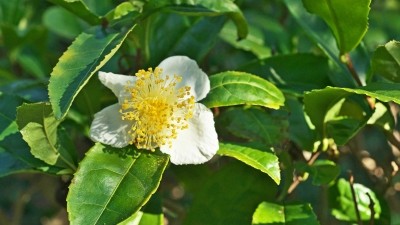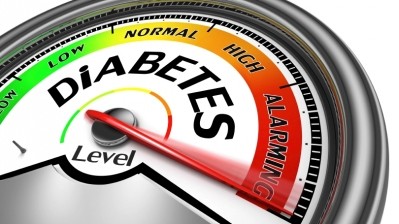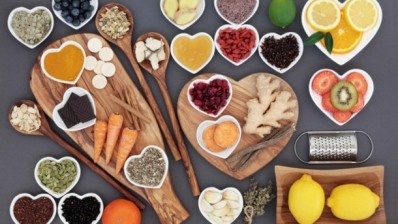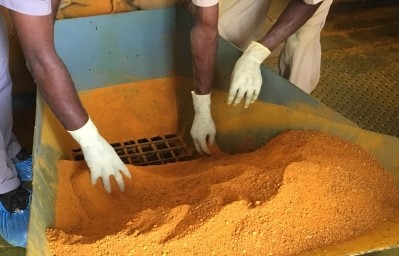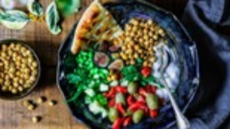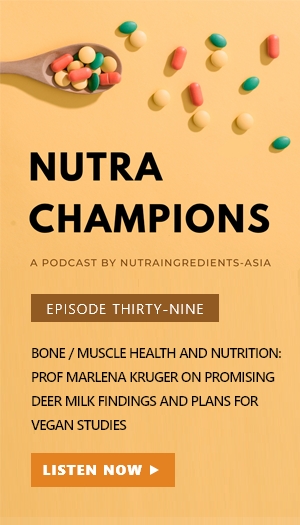Currying favour: A combination of functional spices can help fight metabolic disorders
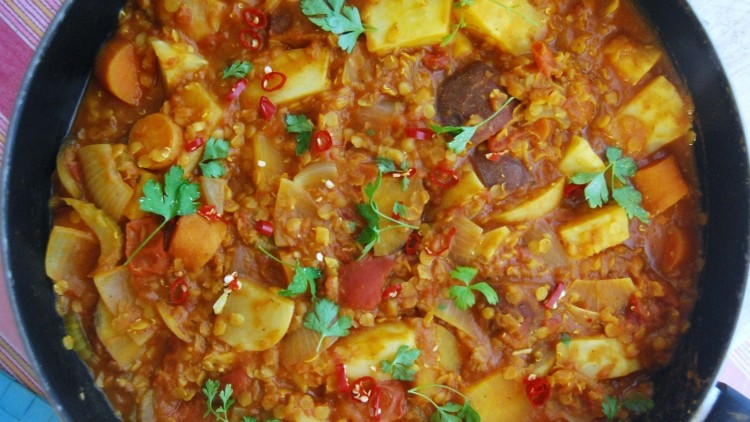
These were the headline findings of two papers penned at the city state's Clinical Nutrition Research Centre, leading to conclusions that the multiple spices used in Asia "present an opportunity to exploit these ingredients as food-based interventions to prevent and manage cardiometabolic diseases".
The first paper, published in the European Journal of Nutrition, assessed the impact of a polyphenol-rich curry made with mixed spices and vegetables on glucose homeostasis in Chinese males.
The study was undertaken on young, healthy Chinese men aged 21 to 40, with a BMI of between 18.5 and 27.5kg/m2.
They consumed meals comprising of control (DOC), dose 1 curry (D1C, made with 6g of mixed spices, 90g of curry-base vegetables made up of tomato puree, onions, garlic and ginger) or dose 2 curry (D2C, comprised of 12g of mixed spices and 180g of the same curry-base vegetables).
The seven spices used were turmeric, cumin seeds, coriander seeds, dried Indian gooseberry, cayenne pepper, cinnamon, and clove.
The amounts of mixed spices represented the typical range of household spice consumption in India and Thailand.
Dose dependent reduction
The participants' 24-hour glucose concentration was measured using continuous glucose monitoring, together with postprandial plasma insulin and triglyceride for up to seven hours, while the total polyphenol content of test meals and urinary total polyphenol excretion were also measured.
The results highlighted a significant dose-dependent reduction of glucose in the interstitial fluid concentrations in the three-hours after consumption of the curry.
There was also a dose-dependent trend in the reductions in peak glucose increments.
"Compared with D0C meal, we found significant linear dose–response reductions in the three-hour postprandial incremental area under the curve for glucose of 19% and 32% during D1C and D2C meals respectively," wrote the researchers.
"Notably, we found significant dose-dependent increases in postprandial triglyceride with increasing curry doses."
Significant increases in total post-consumption polyphenol excretion with increasing curry doses were also observed.
With regard to this finding, the differences in the median total polyphenol excretion over a 24-hour period did not exceed two-fold, despite there being up to an eight-fold difference in polyphenol content between D0C and D2C.
"This was expected since the absorption, distribution, metabolism and excretion of dietary polyphenols vary greatly between individuals, which is likely driven by variations in host genetics and in the composition of the gut microflora and their metabolism," noted the researchers.
Insulin measurements
They added that the findings are likely to be metabolically beneficial and clinically relevant.
"Elevated postprandial glycaemia and increased glycaemic variability have both been associated with increased risk of cardiovascular diseases. This association is relevant even in the non-diabetic, normoglycaemic individuals," they stated, concluding that polyphenol-rich curry intake can improve postprandial glucose homeostasis, but it needs to be verified with direct measures of insulin sensitivity.
The second paper, published in the European Journal of Clinical Nutrition using the same subjects and methods, sought to evaluate the impact of polyphenol-rich curry on postprandial plasma GLP-1 concentration.
GLP-1 is known to improve carbohydrate metabolism in response to food intake via several mechanisms, including decrease in gastric emptying rate, suppression of appetite, increased glucose stimulated insulin secretion, and increased tissue uptake of glucose.
The researchers found a significant dose-dependent increase in GLP-1 concentration of 17% and 32%.
"To our best knowledge, this is the first dose-response study in healthy volunteers, investigating effects polyphenol-rich foods on in vivo GLP-1 concentration, using a robust study design, controlling for energy, macronutrients and total vegetable contents of the test meals," they added.
Real-life setting
Singapore's Clinical Nutrition Research Centre is at the forefront of investigating how foods commonly consumed by Asian populations can be used and reformulated to help tackle rising cases of diabetes and type 2 diabetes.
As they pointed out in these papers, spices such as cinnamon, turmeric, cumin seeds, coriander seeds and Indian gooseberry had already been shown to contain high amounts of several polyphenolic compounds, and to favourably modulate markers of glycaemic and lipidaemic control.
"However, most of the evidence to date comes from in vitro and in vivo animal studies, (with the) majority of the human studies focused on studying a single spice one at a time, and mainly undertaken in diabetics or other 'at risk' populations.
"(Also), in a real-life dietary context, spices are typically consumed in combination, as part of various curry dishes, rather than an individual spice being consumed in isolation.
"This is particularly important in the context that dietary bioactive phytochemicals are likely to exert synergistic and / or variable effects when eaten in combination, as compared with their individual effects in isolation.”
Source: European Journal of Clinical Nutrition
https://doi.org/10.1007/s00394-017-1594-9
"Polyphenol-rich curry made with mixed spices and vegetables benefits glucose homeostasis in Chinese males (Polyspice Study): a dose–response randomized controlled crossover trial"
https://doi.org/10.1038/s41430-017-0069-7
"Polyphenol-rich curry made with mixed spices and vegetables increases postprandial plasma GLP-1 concentration in a dose dependent manner"
Authors: Sumanto Halder, Christiani Jeyakumar Henry, et al.
